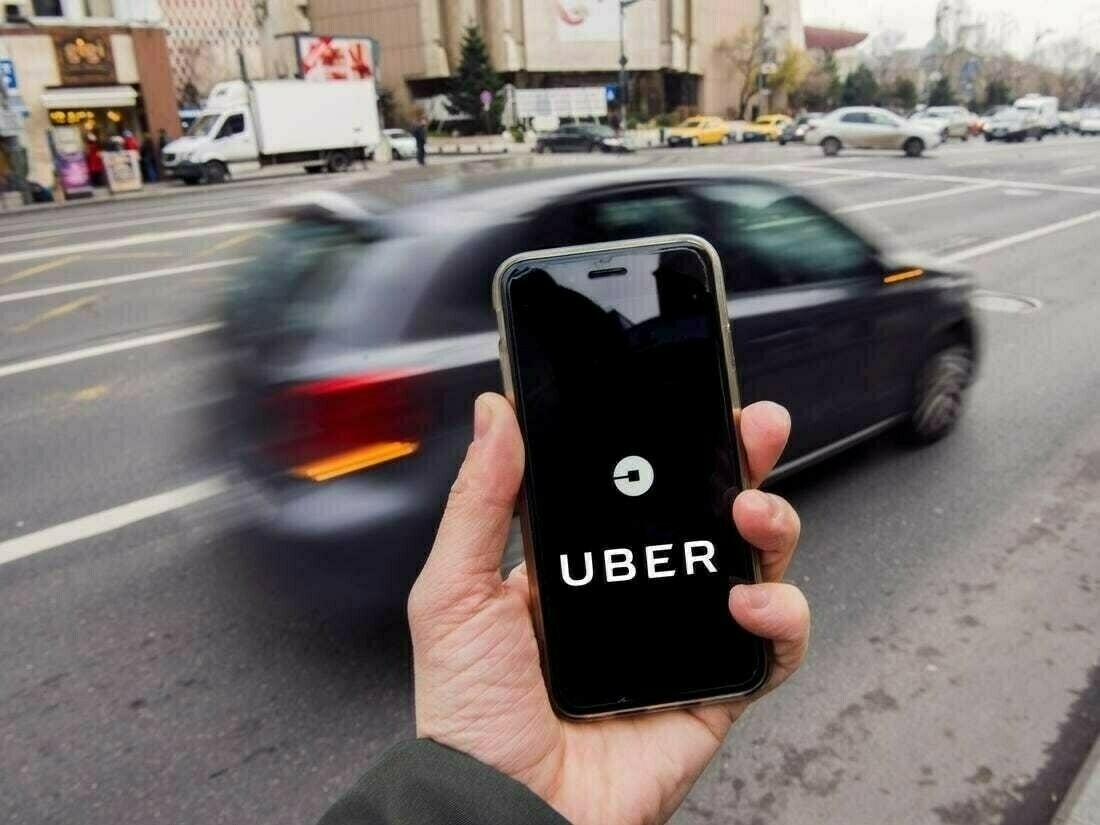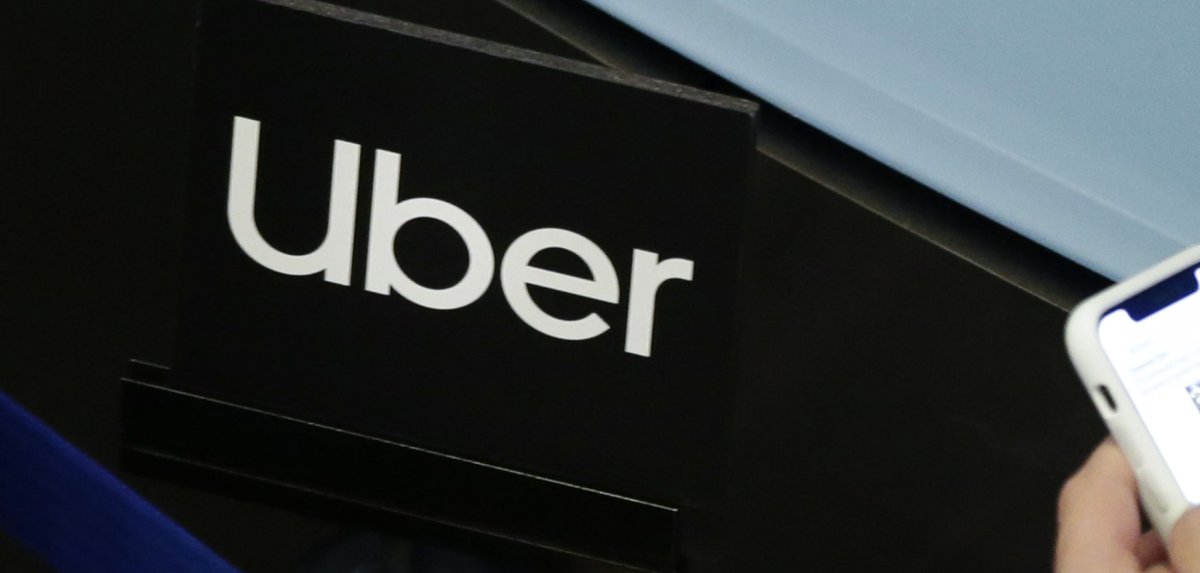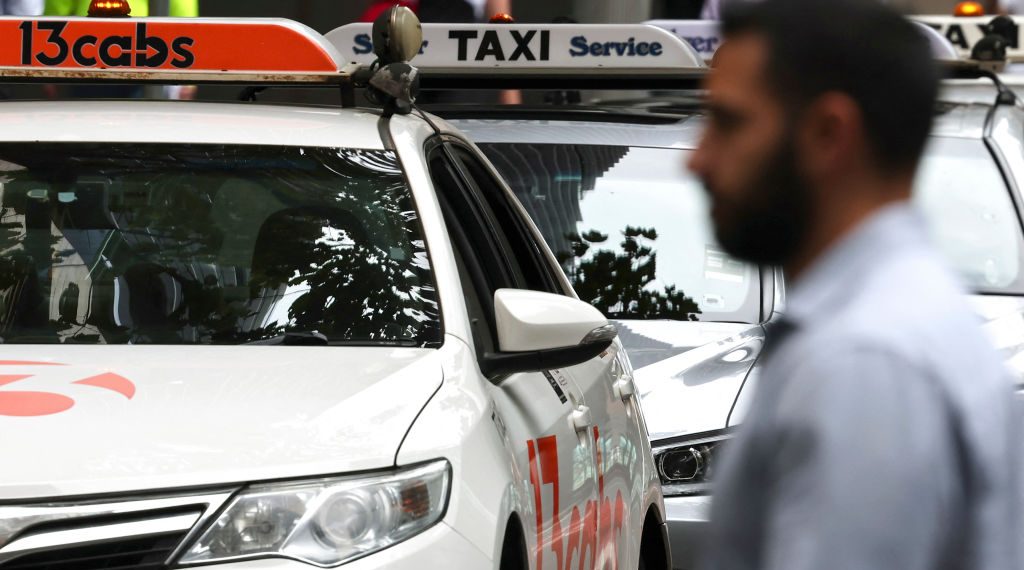Uber has reached a settlement agreement worth A$271.8 million ($178 million) to resolve a lawsuit brought by Australian taxi operators and drivers. The lawsuit, filed in 2019 in the Supreme Court of Victoria state, represented over 8,000 taxi and hire car owners and drivers who claimed losses due to Uber’s entry into the market.
According to the plaintiffs, Uber’s arrival in 2012 not only diverted revenue from licensed taxi drivers but also devalued the licenses they had purchased, violating laws mandating licenses for taxis and hire cars.
Maurice Blackburn Lawyers, representing the plaintiffs, highlighted the significance of the settlement, ranking it as Australia’s fifth-largest legal payout.

The firm’s principal, Michael Donelly, emphasized Uber’s resistance throughout the legal proceedings, stating that the company had fought vehemently against the claims.
In response, Uber maintained its stance of compliance with the law while expressing its commitment to resolving past issues. A company spokesperson noted Uber’s contributions to state-level taxi compensation schemes since 2018 and viewed the settlement as a means of putting legacy issues behind them.
Former lawmaker and taxi driver Rod Barton, a member of the class action, hailed the settlement as a validation of Uber’s circumvention of licensing regulations. Barton criticized Uber for exploiting regulatory loopholes to gain a competitive edge over the taxi industry, ultimately leading to the dispute.

The legal landscape shifted in 2015 when changes allowed Uber to operate without traditional taxi licenses, prompting state governments to establish compensation schemes for affected taxi drivers and license owners.
Despite these changes, the lawsuit persisted, reflecting ongoing tensions between traditional taxi services and emerging ride-hailing platforms.
The settlement brings closure to a long-standing legal battle, marking a significant milestone in the relationship between Uber and the Australian taxi industry. It underscores the complexities of regulating disruptive technologies within established industries and the ongoing evolution of transportation services in the digital age.




